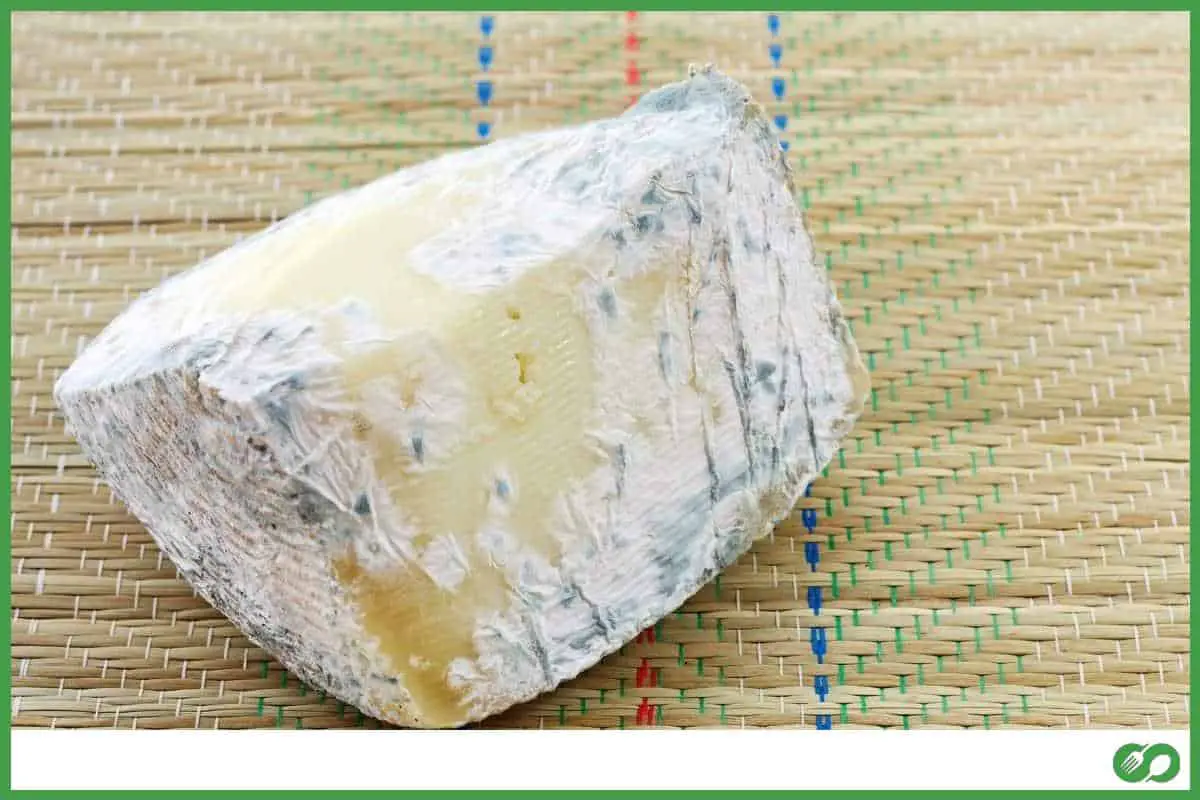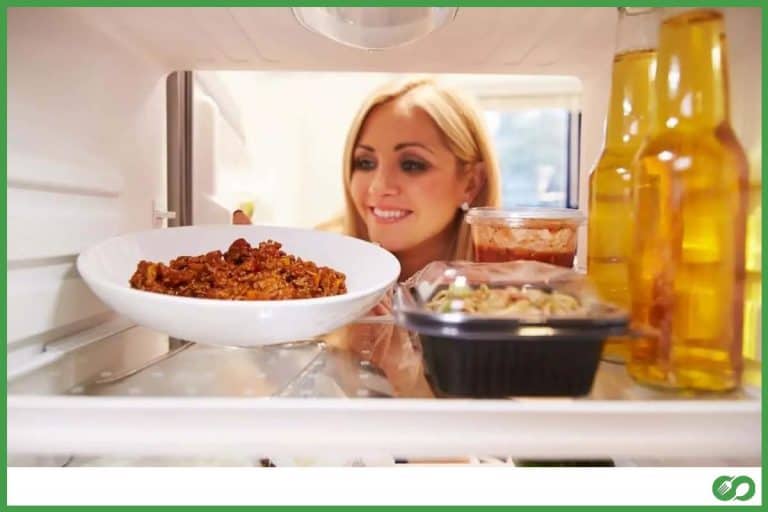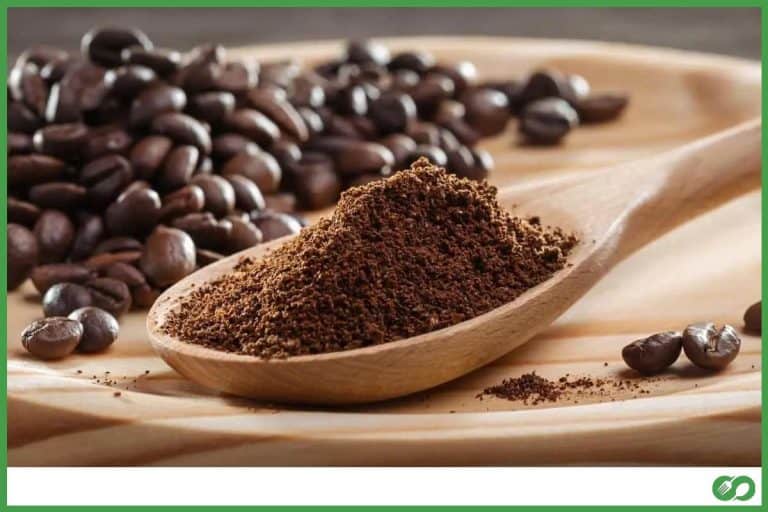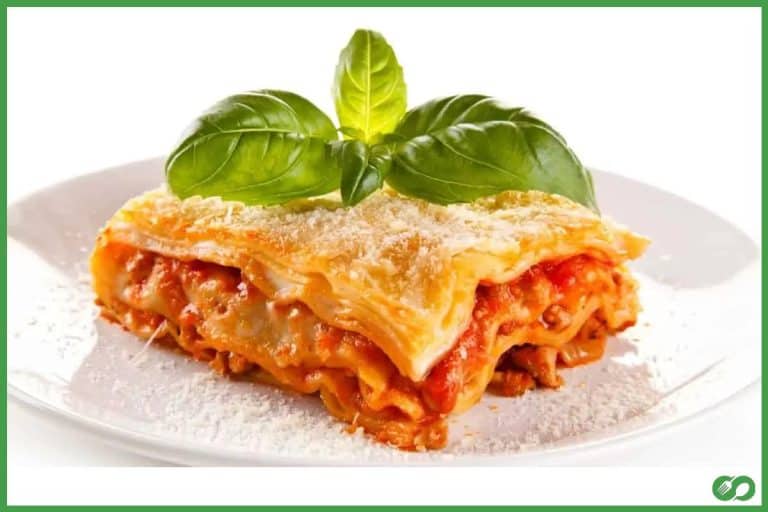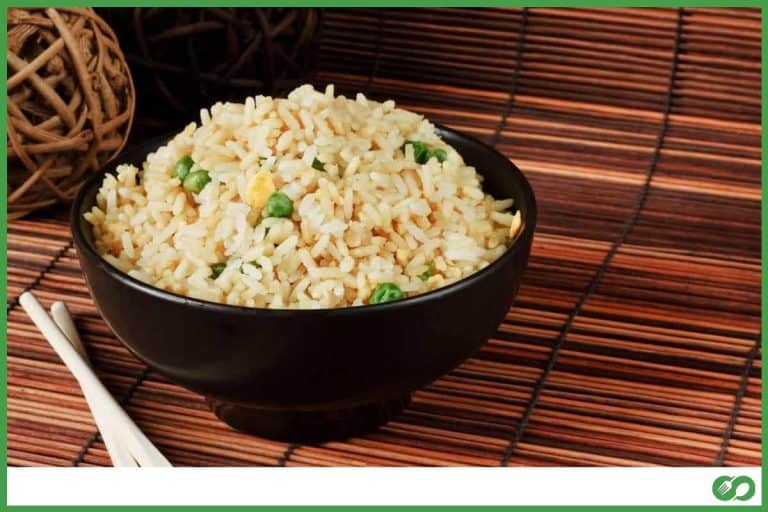Why Does Cheese Go Moldy in the Fridge?
This post may contain affiliate links which means that, if you choose to make a purchase, I may earn a small commission at no extra cost to you.
Who doesn’t love cheese? As a cheese lover myself I understand the urge to have a lot of cheese stored in the refrigerator. But often you’ll find the cheese to become a bit moldy after a while. This might come as a surprise to a lot of people, as cheese is known to be left to age for years. So, why does cheese go moldy in the fridge?
Spores of various fungi may be transferred from your hands to the cheese. The moisture produced on top of the cheese in the fridge is perfect for mold growth. And this is the reason why your cheese becomes moldy with time.
Cheese is often left to age for years, and it is known to become better with age. Molds can be of different kinds, and not all of them are dangerous. Some types of cheese require the mold to be made properly. But that does not mean you should be eating mold. So, it is important to know why these molds appear, and which kinds are okay to eat and which are not.
How Mold Growth Occurs on Cheese
Mold is a kind of fungus that produces spores. The spores spread and contaminate food items, and cause them to go bad. You can see molds forming on the surface of your food, they often look green, ashy, blue, or white and with a fuzzy texture. They are pretty easy to notice and often are accompanied by a sour taste and foul smell.
Mold grows the best in warm, humid conditions. All cheese usually has mold on it, as it is left to age in brines or stored for long periods before being sold. In the production stages, cheese is made in large batches. As mold usually only grows on the outer edge, it does not penetrate through to all of the cheese.
Since these are huge batches, this means the insides are just fine and the mold has not grown roots that reach that far. The rind or the outer edge of the cheese is where the mold grows and this is usually cut off, before being packaged to sell. Some cheese is also covered with wax to protect from molds. This is why mold is not a problem when it comes to making cheese.
Certain kinds of cheese require molds to be made as well. But these are different kinds of mold, than the ones we might find in our homes or refrigerators. When we buy cheese, it is usually in vacuumed packets, sealed airtight, and without external germs in it. However, once you cut it open, it is most likely that the spores from your hands travel to the cheese and grow there.
Cheese at home is stored in much smaller batches than the ones in production factories. So, if you cut off the edge where there is mold growing you might not be left with any cheese. But in factories even if they take off the edge, a lot of good cheese is left in the middle.
When we store it in the fridge, it is usually wrapped in polythene which causes moisture build up and makes a humid environment on the cheese. This gives the mold the perfect environment to grow and spread. This is why cheese goes moldy when kept in the fridge.
Can You Eat Moldy Cheese?
While in most foods, mold is a sign that you should throw the food out and that it is spoiled, things are a little more complicated when it comes to cheese. As cheese is often made with bacteria and sometimes even mold, the presence of it does not always mean that the cheese has gone bad.
Mold on/in cheese is not always dangerous to eat. Some types of mold like the Penicillium roqueforti or Penicillium glaucum are injected into the cheese itself during processing. These are used to improve the flavor, texture, and appearance of different varieties of cheeses like Blue Cheese or Brie.
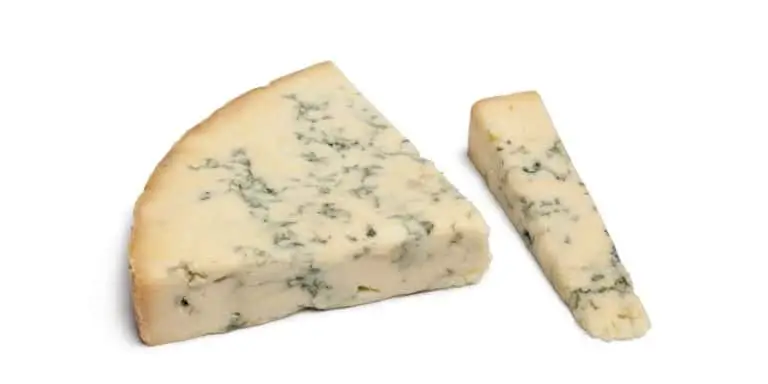
These kinds of moldy cheese are safe to eat. The key difference is the appearance. This type of mold will look like blue veins like in Blue Cheese or a white rind on the edge, which is thick and harder. This mold does not look like the kind you will find on other food.
Try to remember what your cheese smells like when you buy it. That way you can keep track of any foul smells that have appeared once stored in the fridge. This can be a good indicator of when the cheese has gone bad, especially in the case of already moldy cheeses.
You can still salvage mold-grown cheese if it is a hard kind of cheese like Parmesan, Swiss, Cheddar, or Colby. It is unlikely that the mold has penetrated all the way through. You can trim the edges up to about 1 inch or so below where the mold is visible, just to be safe.
When Should You Not Eat Moldy Cheese?
Remember that only certain types of molds are edible. So, if you see something fuzzy and green on your cheese be careful before putting it in your mouth.
If you see mold growing on cream cheese, ricotta, or cottage cheese, which are all soft cheeses, you should throw it out at once.
While you can just shave off the moldy bit on hard cheeses, mold on soft cheeses can penetrate deep very easily, and thus spoil the whole cheese.
Also, if your cheese is shredded or sliced or crumbled, this means mold will easily penetrate through and if you find any it is too late to salvage.
What happens If You Eat Moldy Cheese?
You might not know which type of cheese you have at home, but you notice some mold growing on it. But you decide to eat it anyway because you assume it’s a hard cheese or a moldy kind. It’d be a waste to throw all of it away, right?
This would be very risky, to be honest. If you are not sure about whether it is safe to eat your moldy cheese, it is best to discard it and not take any risks. No matter how expensive the cheese may have been, your health comes first.
Molds can contain bacteria such as E. coli, Salmonella, Brucella, etc which all can cause food poisoning. Certain types of mold can also produce mycotoxins. Mycotoxins can cause food poisoning, immune deficiency, and even in some cases cancer. Even food poisoning alone can be very harmful, and can even lead to death.
Especially if you are already immune-suppressed or have an underlying disease, or if you are pregnant it is best for you not to eat any kind of moldy cheese, not even Blue Cheese or Brie. These can cause diseases in some people, so it is better to be safe.
Do not take food safety lightly, and always be cautious when it comes to things like mold. Store your food properly and in hygienic ways to avoid mold from growing. Especially when it comes to cheese, try not to store it in plastic bags and use cheesecloth instead. It is also best to just eat your cheese instead of storing it too long in the fridge.
Conclusion
So, now you know why does cheese go moldy in the fridge. Fungal spores transferred from your hands can easily cause the cheese to catch spores and grow mold inside the fridge. While this does not always mean you should throw your cheese out, it is best to be careful and cautious while eating cheese. Make a habit of inspecting your cheese properly if it has been sitting in the fridge for too long.
I hope this article was able to educate you on cheese molds and what you should do about them. Thanks for reading.

